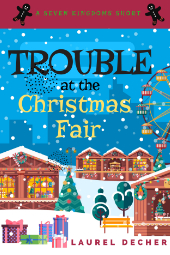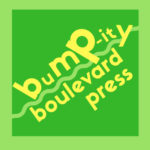
Last week I wrote about the challenges of making your reader feel the emotions of your main character. This week, the thrilling conclusion.
Challenging feedback doesn’t have to derail your writing. I’ve got tools for us. 🙂 Just don’t try to use the whole toolbox for every scene. That way lies ruin. *cough*
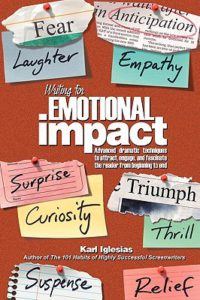 Karl Iglesias’ Writing for Emotional Impact. There are SO many powerful tools in this book that you’re sure to find a way to add that zing.
Karl Iglesias’ Writing for Emotional Impact. There are SO many powerful tools in this book that you’re sure to find a way to add that zing.
Appetizer: Six techniques from this book with examples from Nancy Cavanaugh’s middle grade This Journal Belongs to Ratchet in this blog post. Download my infographic six ways to reveal character here.
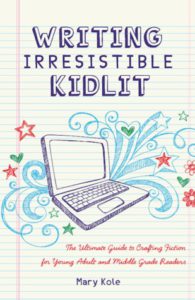 Mary Kole’s Writing Irresistible Kidlit. A variety of craft advice all in one place. It’s aimed at the children’s book author, but much of it is applicable to all fiction. Her Emotional Plot made me understand that story circumstances = emotion.
Mary Kole’s Writing Irresistible Kidlit. A variety of craft advice all in one place. It’s aimed at the children’s book author, but much of it is applicable to all fiction. Her Emotional Plot made me understand that story circumstances = emotion.
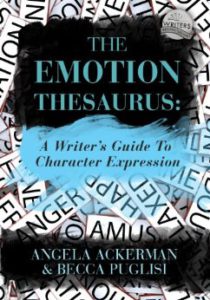 Angela Ackerman and Becca Puglisi’s The Emotion Thesaurus. This is the ultimate grocery store for thoughts, physical reactions, body language, and facial expressions. An excellent starting point to build in body language and thoughts that show the reaction your character is trying to hide from everyone else. Right after you let the reaction leak out, then you can show the character hide it.
Angela Ackerman and Becca Puglisi’s The Emotion Thesaurus. This is the ultimate grocery store for thoughts, physical reactions, body language, and facial expressions. An excellent starting point to build in body language and thoughts that show the reaction your character is trying to hide from everyone else. Right after you let the reaction leak out, then you can show the character hide it.
Appetizer: Read more about how to use it at the Winged Pen.
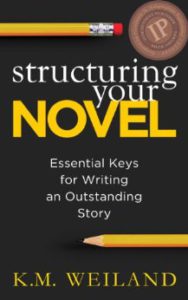 K.M. Weiland’s Structuring Your Novel has the clearest explanation of how to construct character reactions I’ve seen. When readers internalize what the main character wants, they can identify with them. The clearest way to get emotion across is to show your character’s thinking.
K.M. Weiland’s Structuring Your Novel has the clearest explanation of how to construct character reactions I’ve seen. When readers internalize what the main character wants, they can identify with them. The clearest way to get emotion across is to show your character’s thinking.
Appetizer: My infographic based on K.M. Weiland’s book is here.
And there are two new recent books I haven’t read, but they are both on my wishlist! I’m promising myself one of them as a prize when I finish the revision of my WIP.
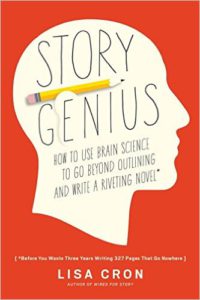 Lisa Kron’s Story Genius. On my wishlist.
Lisa Kron’s Story Genius. On my wishlist.
Appetizer: Her downloadable “Top 11 Takeaways from Story Genius” here in exchange for your e-mail.Or listen to The Creative Penn podcast (or read the transcript): “Take Five with Lisa Cron.”
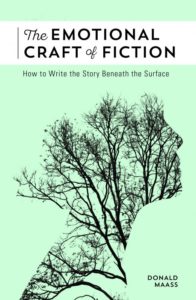 Donald Maass’s The Emotional Craft of Fiction. I heard him speak at a workshop once and I love his Writing the Breakout Novel workbook. He gives concrete advice. Inspiring.
Donald Maass’s The Emotional Craft of Fiction. I heard him speak at a workshop once and I love his Writing the Breakout Novel workbook. He gives concrete advice. Inspiring.
Appetizer: Read an excerpt on Writer Unboxed.
Feeling overwhelmed? 😉
- Pick ONE thing to try and see if you like it.
- Follow Donald Maas’s advice: “Does it make your scene better? Then put it in.”
- Send it by your beta readers to test.
- Repeat.
Feeling any better about your manuscript? Let me know in the comments below. I’m always looking for new insights.
_______________
If you’d like to stay in touch, sign up for my Reader’s List. Once a month, I recommend a new middle grade book, and share story-related freebies, and/or related blog posts. If it’s not your thing, you can unsubscribe at any time.
Save
Save
Save
Save
Save
Save
Save
Save
Save
Save
Save
Save
Save
Save
Save
Save
Save
Save
Save
Save
Save

